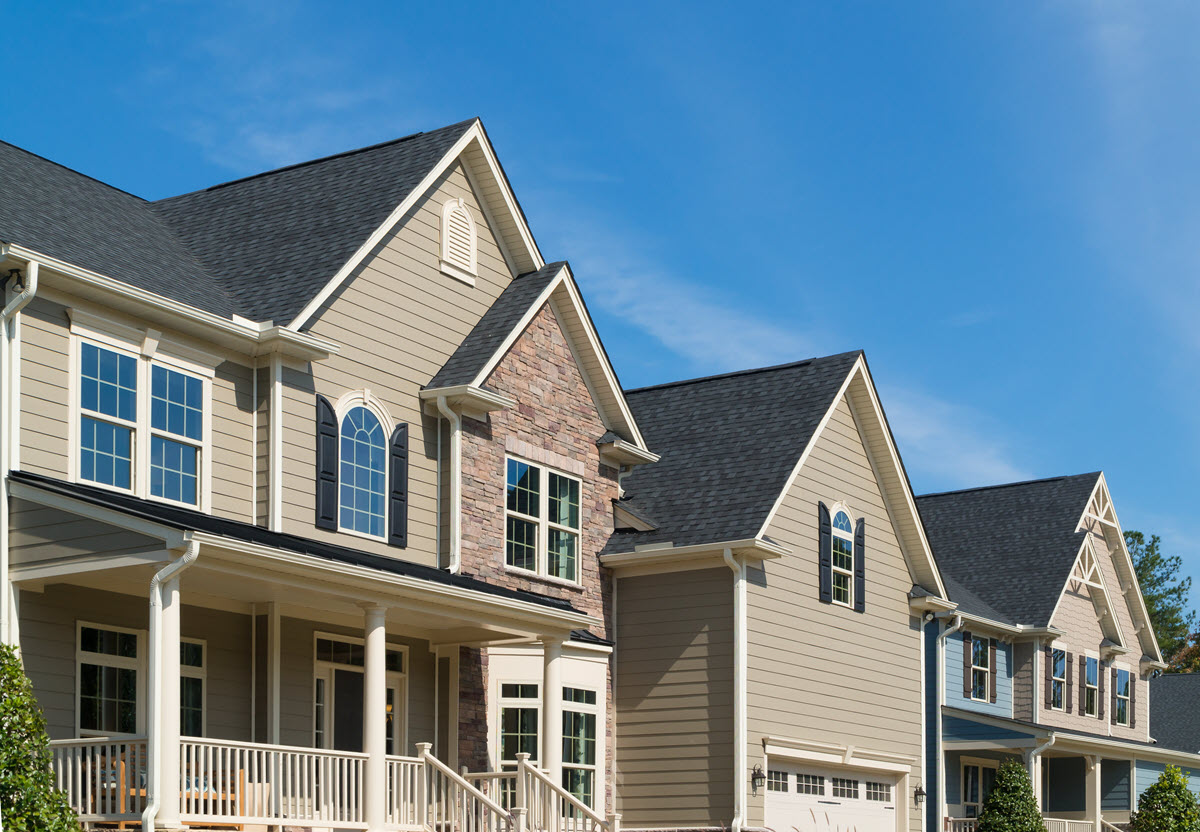As municipalities, cities and states start to adopt more renewable energy to meet cleaner energy mandates, goals and initiatives; there will be new areas people will want to explore and better understand. Since there has been this increased adoption, many questions around solar and wind development are still being studied. One of them – property values.
A common misconception surrounding solar development is that it harms property values. Some communities and homeowners have may heard stories on social media or in the news that solar panels and solar projects will diminish their home value in the future. But what does the data say?
For homes with their own solar panel setup, federal data from Berkeley National Laboratory shows solar powered homes actually sold at a $15,000 premium compared to others in their market. When it comes to solar projects, a quick look at the research shows that proximity to a solar installation has no appreciable impact on property values.
In a national survey of home appraisers conducted in 2018 by researchers at the LBJ School of Public Affairs at the University of Texas, 66% of respondents said it was their opinion that a property’s proximity to a solar installation had either no impact on home values and 11% said it had positive impact.
These findings are similar for homes or land in agriculture areas near solar farms and did not deter sales. There are some key findings that back up this finding, which begins with the fact that utility-scale solar projects are designed to complement and work in harmony with their rural surroundings. According to information [PDF] from the Solar Energy Industries Association, here are some key reasons why:
- Large-scale solar projects have a proportional size similar to a greenhouse or single-story residence. The panels are usually no more than 10 feet high, and enclosed by fencing, landscaping or tree plantings to minimize visual impacts.
- Solar projects are very quiet. Other than any sounds from a tracking motor or inverters when you’re on-site, there is rarely any significant noise that can be heard outside the enclosure.
- Solar projects do not produce any byproduct or odor.
- Upon completion, solar projects do not attract high volumes of additional traffic, as they do not require frequent maintenance after installation; in addition, they usually only require a few individuals to maintain.
In addition, as part of our Clean Energy Vision, Alliant is committed to pollinator conservation and preserving land for species like the Monarch butterfly and so much more.
But what have the experiences been closer to home? Here are a few brief examples of other studies in rural parts of the Midwest. A study [PDF] conducted across Illinois determined that the value of properties within one mile increased by an average of 2% after the installation of a solar farm. Another analysis performed in five Indiana counties indicated that after completion of a solar farm, properties within 2 miles were an average of 2% more valuable after panels were installed.
We realize, as new solar developments come online in areas that have not traditionally seen energy development, there will be questions about things like home values and more. Alliant Energy is working with local officials, landowners, community residents, county farm bureaus and agriculture leaders to ensure coordination and communication about near-by projects. The ultimate goal is to construct clean energy solutions that create jobs and provide long-term partnerships and benefits for the communities we proudly serve.
While solar energy can mean big changes in the way we’re powering the Midwest, it doesn’t have to mean changes for our neighbors. Learn more about our Energy Vision and how we’re using solar generation to light the way to a better future.

